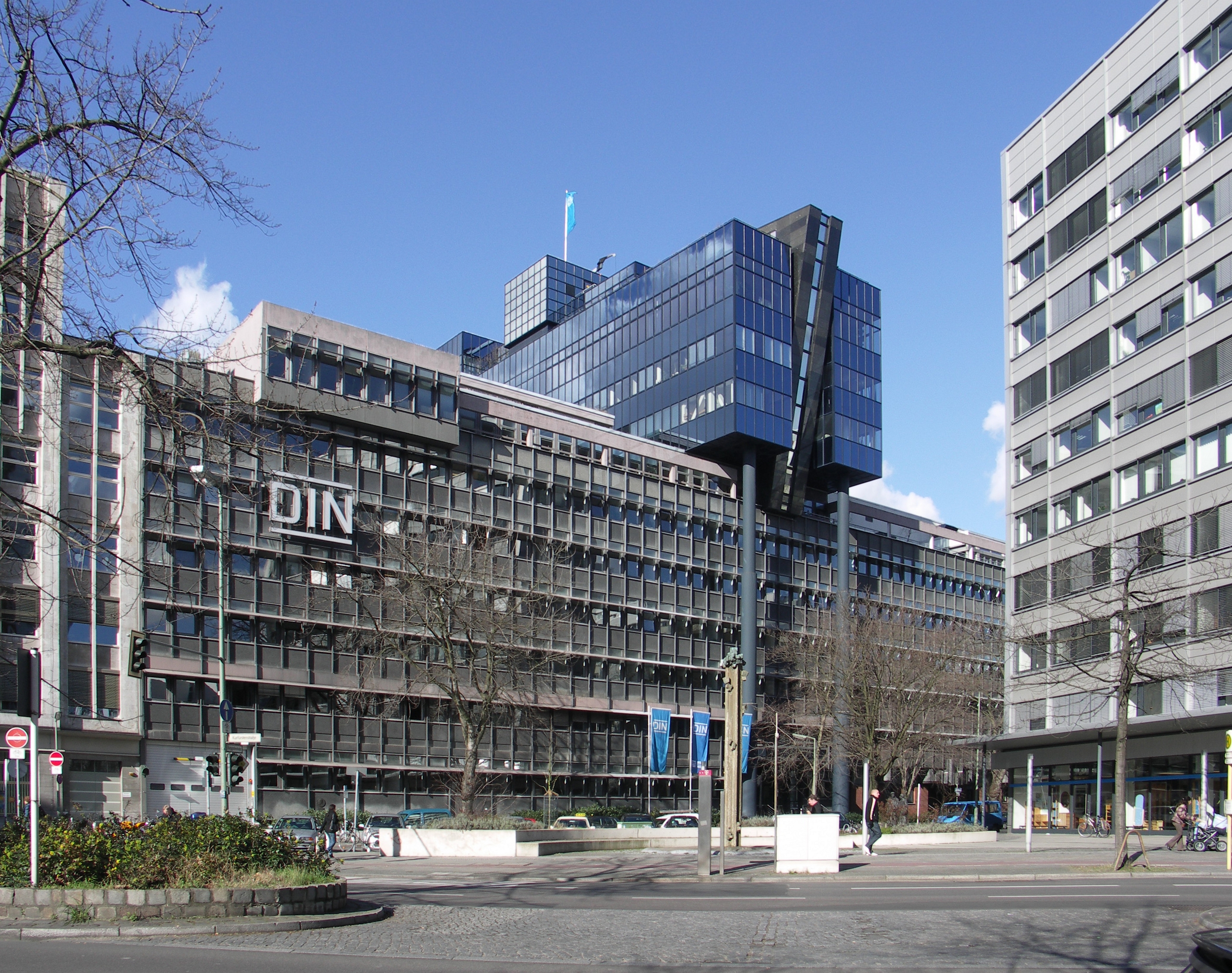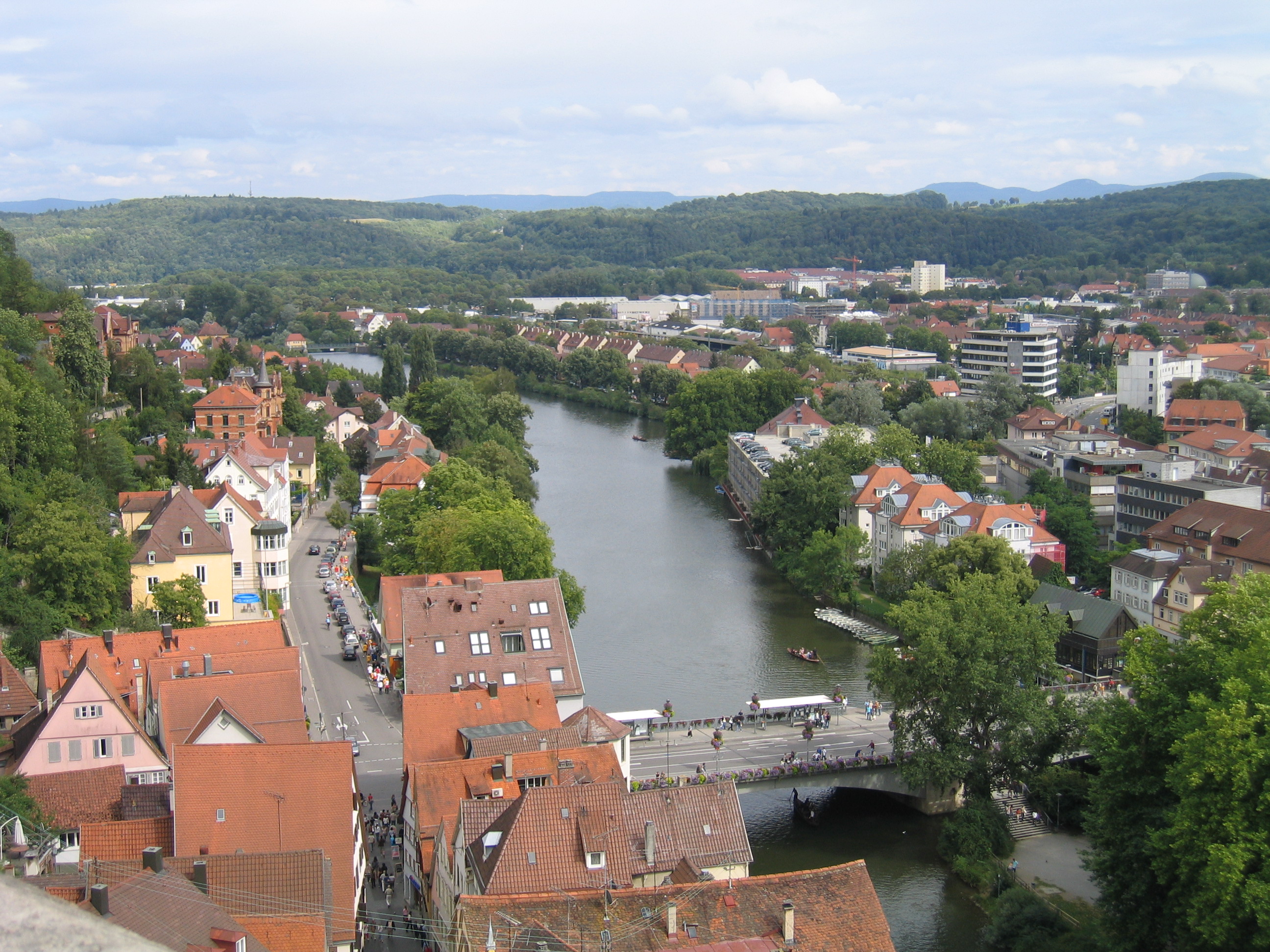|
DIN 5009
The German national standard DIN 5009 ''“Word and information processing for office applications — Announcing and dictating of text and characters”'' by Deutsches Institut für Normung (DIN) provides rules for the spoken announcement of texts to be written afterwards. In addition to the classic phono dictation, it specifically supports oral communication about names and texts that have to be written down correctly (e.g. on the telephone).DIN 5009: Text-und Informationsverarbeitung für Büroanwendungen – Ansagen und Diktieren von Texten und Schriftzeichen ''(Word and information processing for office applications – Announcing and dictating of texts and characters),'' Beuth Verlag, 13 May 2022, requires a subscription ... [...More Info...] [...Related Items...] OR: [Wikipedia] [Google] [Baidu] [Amazon] |
Deutsches Institut Für Normung
' (DIN; in English language, English, the German Institute for Standardisation) is a Germany, German non-profit organization and acting as national organization for standardization. DIN is the German International Organization for Standardization, ISO member body. DIN is headquartered in Berlin. There are around thirty thousand DIN Technical standard, Standards, covering nearly every field of technology. History Founded in 1917 as the ' (NADI, "Standardisation Committee of German Industry"), the NADI was renamed ' (DNA, "German Standardisation Committee") in 1926 to reflect that the organization now dealt with standardization issues in many fields; viz., not just for industrial products. In 1975 it was renamed again to ', or 'DIN' and is recognised by the German government as the official national-standards body, representing German interests at the international and European levels. The acronym, 'DIN' is often incorrectly expanded as ' ("German Industry Standard"). This is ... [...More Info...] [...Related Items...] OR: [Wikipedia] [Google] [Baidu] [Amazon] |
München
Munich is the capital and most populous city of Bavaria, Germany. As of 30 November 2024, its population was 1,604,384, making it the third-largest city in Germany after Berlin and Hamburg. Munich is the largest city in Germany that is not a state of its own. It ranks as the 11th-largest city in the European Union. The metropolitan area has around 3 million inhabitants, and the broader Munich Metropolitan Region is home to about 6.2 million people. It is the List of EU metropolitan regions by GDP#2021 ranking of top four German metropolitan regions, third largest metropolitan region by GDP in the European Union. Munich is located on the river Isar north of the Alps. It is the seat of the Upper Bavaria, Upper Bavarian administrative region. With 4,500 people per km2, Munich is Germany's most densely populated municipality. It is also the second-largest city in the Bavarian language, Bavarian dialect area after Vienna. The first record of Munich dates to 1158. The city ha ... [...More Info...] [...Related Items...] OR: [Wikipedia] [Google] [Baidu] [Amazon] |
Xanten
Xanten (, Low Rhenish: ''Santen'') is a town in the state of North Rhine-Westphalia, Germany. It is located in the district of Wesel. Xanten is known for the Archaeological Park, one of the largest archaeological open air museums in the world, built at the site of the Roman settlements '' Colonia Ulpia Traiana''. Other attractions include the medieval town centre with Xanten Cathedral, many museums and large man-made lakes for various watersport activities. Xanten is visited by approximately one million tourists a year. It is also the only German town with a name that begins with ''X''. Geography Xanten is made up of three boroughs ('' Ortsteile''): ''Hochbruch'', ''Niederbruch'', and the ''town centre''. Other localities (''Bezirke'') belonging to the town of Xanten include ''Birten'', ''Lüttingen'', ''Marienbaum'', ''Vynen'', ''Obermörmter'', ''Wardt'', ''Mörmter'', ''Willich'', ''Beek'' and ''Ursel''. Parts of a nature reserve called ''Bislicher Insel'' a ... [...More Info...] [...Related Items...] OR: [Wikipedia] [Google] [Baidu] [Amazon] |
Wuppertal
Wuppertal (; ) is a city in North Rhine-Westphalia, in western Germany, with a population of 355,000. Wuppertal is the seventh-largest city in North Rhine-Westphalia and List of cities in Germany by population, 17th-largest in Germany. It was founded in 1929 by the merger of Elberfeld, Barmen, Ronsdorf, Cronenberg, Wuppertal, Cronenberg and Vohwinkel Schwebebahn, Vohwinkel, and was initially called "Barmen-Elberfeld" before adopting its present name in 1930. It is the capital and largest city of the Bergisches Land. The city straddles the densely populated banks of the River Wupper, a tributary of the Rhine. Wuppertal is located between the Ruhr (Essen) to the north, Düsseldorf to the west, and Cologne to the southwest, and over time has grown together with Solingen, Remscheid and Hagen. The stretching of the city in a long band along the narrow Wupper Valley leads to a spatial impression of Wuppertal being larger than it actually is. The city is known for its steep slope ... [...More Info...] [...Related Items...] OR: [Wikipedia] [Google] [Baidu] [Amazon] |
Völklingen
Völklingen (; , Moselle Franconian: ''Välglinge'') is a town in the district of Saarbrücken, in Saarland, Germany. It is situated on the river Saar, approx. 10 km west of Saarbrücken, and directly borders France. The town is known for its industrial past, the Völklinger Hütte (ironworks) being declared by UNESCO as a World Heritage Site. History In antiquity it was settled by Celtic tribes, then by the Romans. The Franks settled in the area between the 5th and 9th centuries. Völkingen was initially referred to as "Fulcolingas" by Durandis, Vice Chancellor to Louis the Pious in 822. Peasants living in the area were subject to taxation by the Count of Saarbrücken. The peasants of Völkingen revolted against the Count of Saarbrücken in 1566, when he ordered the construction of the Homburger castle. Geography Völklingen is situated on the fertile alluvial plane at the confluence of the river Rossel and of the river Köller into the river Saar. Subdivisions The ... [...More Info...] [...Related Items...] OR: [Wikipedia] [Google] [Baidu] [Amazon] |
Unna
Unna () is a city of around 59,000 people in North Rhine-Westphalia, Germany, the seat of the Unna (district), Unna district. The newly refurbished Unna station has trains to all major cities in North Rhine Westphalia including Dortmund, Köln Hauptbahnhof, Cologne, Münster Hauptbahnhof, Münster, Hamm (Westfalen) station, Hamm, Düsseldorf and Wuppertal Hauptbahnhof, Wuppertal. There is also the Regional-Express 7 (Rhein-Münsterland-Express), which runs from Rheine station, Rheine via Cologne to Krefeld Hauptbahnhof, Krefeld. Geography Unna is situated on an ancient salt-trading route, the Hellweg, Westphalian Hellweg. Trade on this route and during the period of the Hanseatic League came from as far as London. The city is located at the eastern extremity of the Ruhr, Ruhr district, about east of the centre of Dortmund. Unna also serves as a dormitory city, being home to many commuters who work in Dortmund and other nearby cities. Local dialects of German include Westphalian ... [...More Info...] [...Related Items...] OR: [Wikipedia] [Google] [Baidu] [Amazon] |
Tübingen
Tübingen (; ) is a traditional college town, university city in central Baden-Württemberg, Germany. It is situated south of the state capital, Stuttgart, and developed on both sides of the Neckar and Ammer (Neckar), Ammer rivers. about one in three of the 90,000 people living in Tübingen is a student. As of the 2018/2019 winter semester, 27,665 students attend the University of Tübingen, Eberhard Karl University of Tübingen. The city has the lowest median age in Germany, in part due to its status as a university city. As of December 31, 2015, the average age of a citizen of Tübingen is 39.1 years. Immediately north of the city lies the Schönbuch, a densely wooded nature park. The Swabian Alb mountains rise about (beeline Tübingen City to Roßberg - 869 m) to the southeast of Tübingen. The Ammer and Steinlach rivers are Tributary, tributaries of the Neckar river, which flows in an easterly direction through the city, just south of the Middle Ages, medieval old town. La ... [...More Info...] [...Related Items...] OR: [Wikipedia] [Google] [Baidu] [Amazon] |
Salzwedel
Salzwedel (, officially known as Hansestadt Salzwedel; ) is a town in Saxony-Anhalt, Germany. It is the capital of the district (''Kreis'') of Altmarkkreis Salzwedel, and has a population of approximately 21,500. Salzwedel is located on the German Timber-Frame Road. Geography Salzwedel is situated at the river Jeetze in the northwestern part of the Altmark. It is located between Hamburg and Magdeburg. Distances from Uelzen are E, S of Lüchow (Wendland), Lüchow, N of Gardelegen and W of Arendsee. In 1968 test drillings revealed a significant reservoir of natural gas near the city. Divisions The town Salzwedel consists of Salzwedel proper and the following ''Ortschaften'' or municipal divisions:Hauptsatzung der Hansestadt Salzwedel , § 12, 24 October 2018 ... [...More Info...] [...Related Items...] OR: [Wikipedia] [Google] [Baidu] [Amazon] |
Rostock
Rostock (; Polabian language, Polabian: ''Roztoc''), officially the Hanseatic and University City of Rostock (), is the largest city in the German States of Germany, state of Mecklenburg-Vorpommern and lies in the Mecklenburgian part of the state, close to the border with Pomerania. With around 210,000 inhabitants, it is the third-largest city on the German Baltic Sea, Baltic coast after Kiel and Lübeck, the eighth-largest city in the area of former East Germany, as well as the List of cities in Germany by population, 39th-largest city of Germany. Rostock was the largest coastal and most important port city in East Germany. Rostock stands on the estuary of the Warnow, River Warnow into the Bay of Mecklenburg of the Baltic Sea. The city stretches for about along the river. The river flows into the sea in the very north of the city, between the boroughs of Warnemünde and Hohe Düne. The city center lies further upstream, in the very south of the city. Most of Rostock's inhabita ... [...More Info...] [...Related Items...] OR: [Wikipedia] [Google] [Baidu] [Amazon] |
Quickborn
Quickborn () is a town in the district of Pinneberg, in Schleswig-Holstein, Germany. It belongs to Metropolregion Hamburg and is located on the north part of Hamburg on Autobahn A7. It is a 700 year old town which also belonged to Denmark in the past. Connectivity Quickborn is located about 18 km north from the centre of Hamburg, on the eastern edge of Kreis Pinneberg. It lies on the A7 between Hamburg and Neumünster. It is situated just 6 km from the Hamburg Airport. Quickborn is also located along the Hamburg-Altona–Neumünster railway, which connects it to the AKN railway and buses of the Hamburger Verkehrsverbund. The S bahn train is coming in 2025 to Quickborn which will connect it directly to the main train station at Hamburg Hauptbahnhof without any change of trains. This is going to be a big boost in Quickborn‘s connectivity as well as ambitious plan for reducing greenhouse gas emissions. Geography Northwest of Quickborn is the Himmelmoor, the larges ... [...More Info...] [...Related Items...] OR: [Wikipedia] [Google] [Baidu] [Amazon] |
Potsdam
Potsdam () is the capital and largest city of the Germany, German States of Germany, state of Brandenburg. It is part of the Berlin/Brandenburg Metropolitan Region. Potsdam sits on the Havel, River Havel, a tributary of the Elbe, downstream of Berlin, and lies embedded in a hilly morainic landscape dotted with many lakes, around 20 of which are located within Potsdam's city limits. It lies some southwest of Berlin's city centre. The name of the city and of many of its boroughs are of Slavic languages, Slavic origin. Potsdam was a residence of the Prussian kings and the German Emperor until 1918. Its planning embodied ideas of the Age of Enlightenment: through a careful balance of architecture and landscape, Potsdam was intended as "a picturesque, pastoral dream" which would remind its residents of their relationship with nature and reason. The city, which is over 1,000 years old, is widely known for its palaces, its lakes, and its overall historical and cultural significance. ... [...More Info...] [...Related Items...] OR: [Wikipedia] [Google] [Baidu] [Amazon] |







